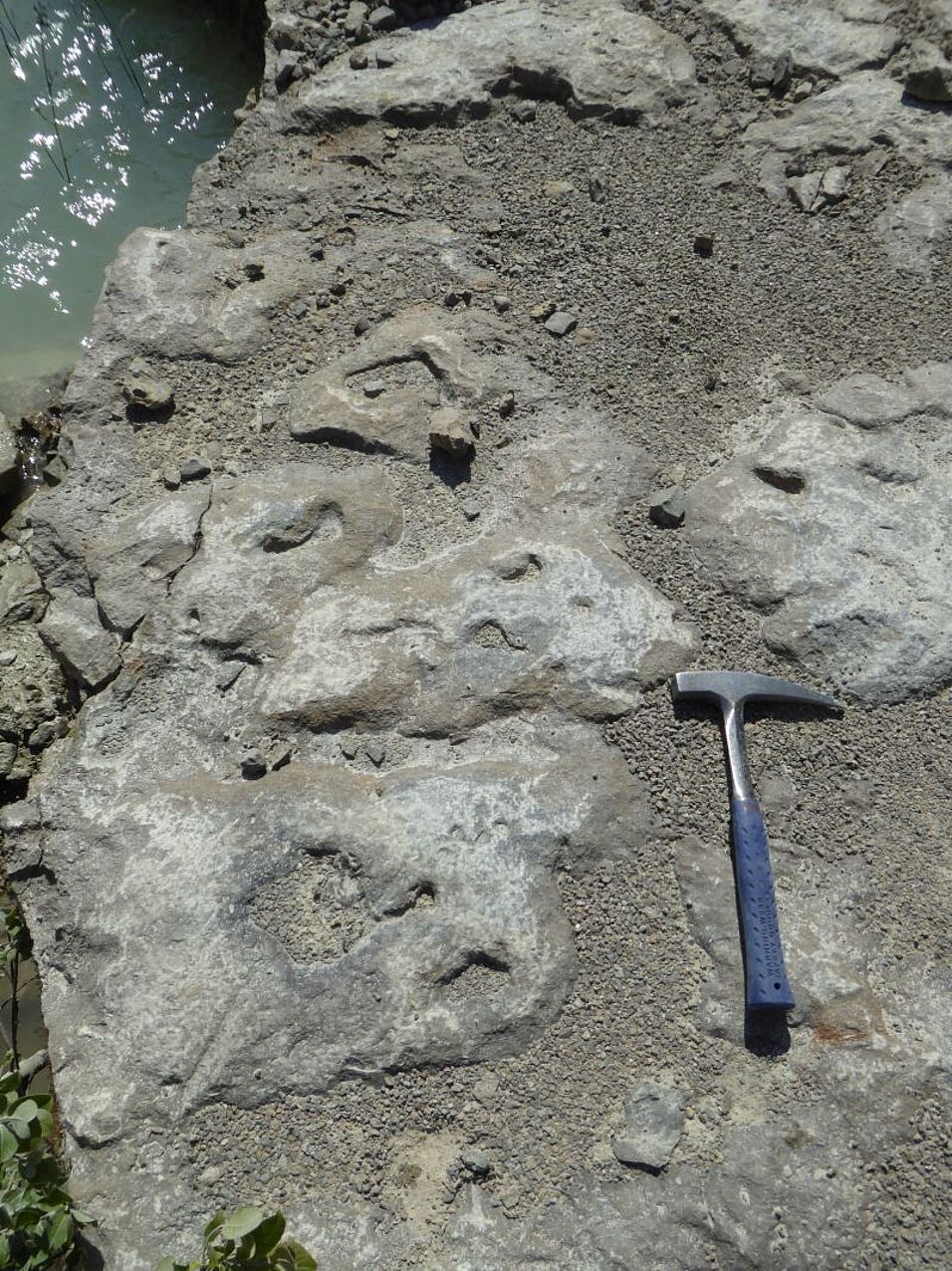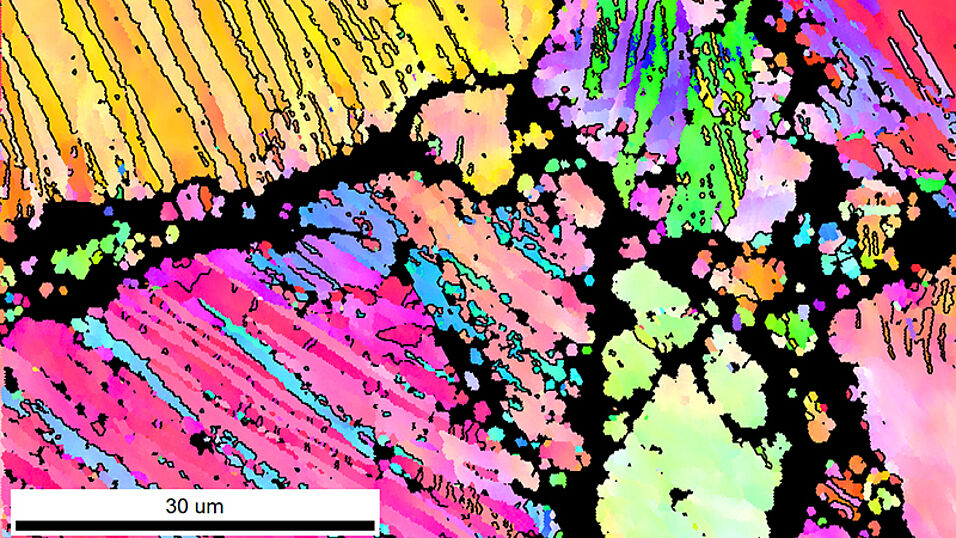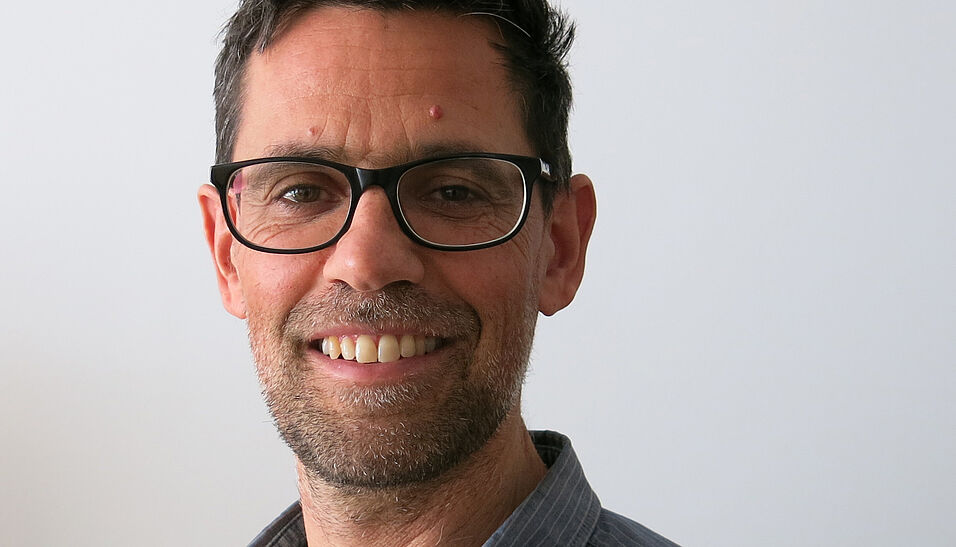Am Übergang von Perm zu Trias, also vor rund 252 Millionen Jahren, ereignete sich das bisher größte Massenaussterben der Geschichte. Danach fehlten im Zeitalter der Trias zunächst die klassischen Riffbauer wie Kalkschwämme oder Korallen. Stattdessen dominierten bei der Entstehung von riffartigen Strukturen mikrobielle Bioherme mit zementierenden Muscheln, vor allem die der Gattung Placunopsis. Der paläoökolgische Kontext der Bioherme ist jedoch noch weitgehend unerforscht.
Kartierung von zementierenden Muscheln
In einem Emerging-Field-Projekt der Fakultät für Geowissenschaften, Geographie und Astronomie („Erforschung der paläoökologischen Bedeutung von Placunopsis-Biohermen der Mitteltrias“) arbeiten nun Martin Zuschin vom Institut für Paläontologie und Rainer Abart vom Department für Lithosphärenforschung gemeinsam mit internationalen Kooperationspartnern an einer Kartierung der Bioherme, um besser verstehen zu können, wie sie sich entlang der damaligen Küstenlinie verteilten. Zudem wird ihre Zusammensetzung makroskopisch, in Dünnschliffen sowie mit mikrostrukturellen und geochemischen Methoden untersucht.
Verstehen, wie sich die Riffökosysteme wieder erholen konnten
„Ziel ist es, besser zu verstehen, wie sich die Riffökosysteme nach dem damaligen verheerenden Massenaussterben wieder erholen konnten“, erklärt der Paläonotologe und Riff-Experte Martin Zuschin: „Diese Frage ist schließlich auch im Hinblick auf den gegenwärtigen Klimawandel und die Gefährdung von Korallen als Riffbildner durch Ozeanversauerung und Korallenbleiche höchst aktuell.“
Untersuchungen von Schalenstruktur und Biomineralisation
Das Department für Lithosphärenforschung bringt dabei das methodische Know-how zur Materialcharakterisierung ein. „Um die Besonderheiten der Gattung Placunopsis zu verstehen, müssen wir durch mikrostrukturelle Untersuchungen die Schalenstruktur dieser Muschel und die Mechanismen der Biomineralisation, also den Prozess der organismischen Skelettbildung, aufklären. Hier kann die Elektronenmikroskopie, insbesondere die Orientierungsmikroskopie über Elektronenbeugung, einen wesentlichen Beitrag leisten“, erklärt Geomaterialforscher Rainer Abart.
Zum Projekt
- Projekttitel: "Paleoecological significance of Middle Triassic Placunopsis bioherms"
- Projektleitung: Univ.-Prof. Dr. Martin Zuschin (Vorstand des Institutes für Paläontologie) und Univ.-Prof. Dr. Rainer Abart (Leiter des Departments für Lithosphärenforschung).
Im Zuge des Projektes ist eine Praedoc-Stelle geplant, die mit Anfang Oktober 2020 besetzt werden soll. - Projektbeschreibung & FGGA Emerging Field Grant




